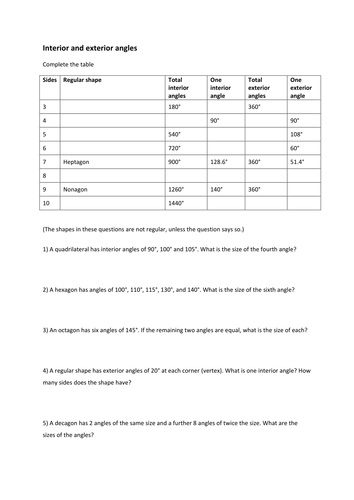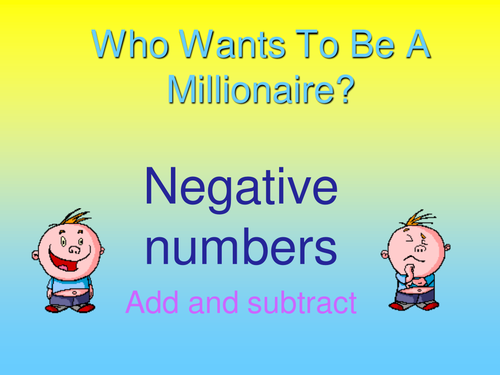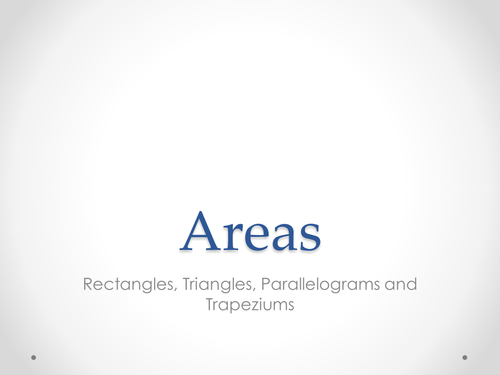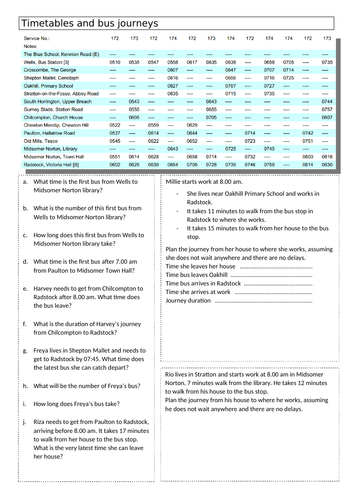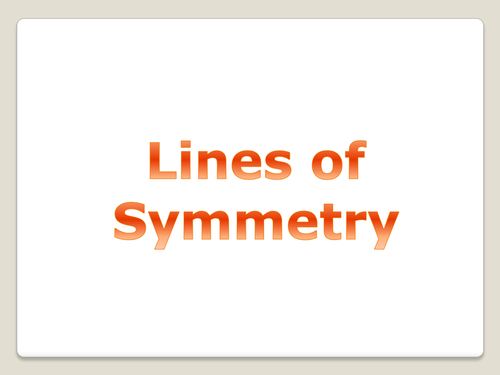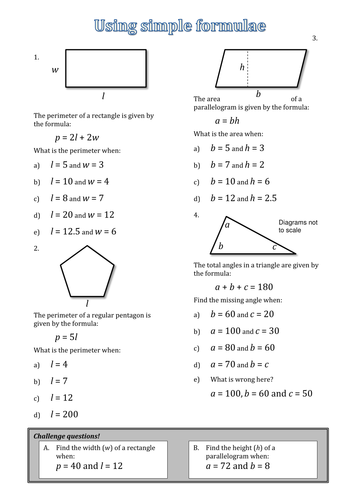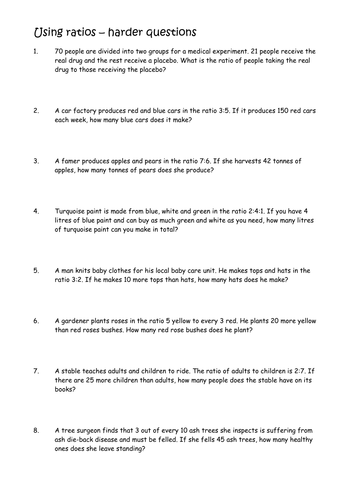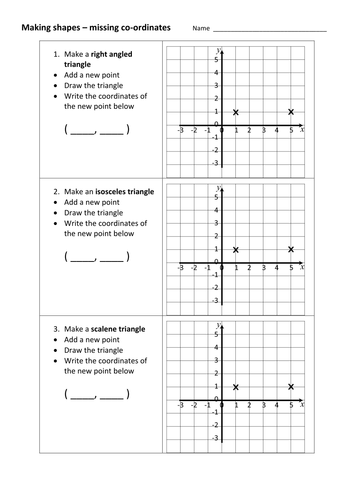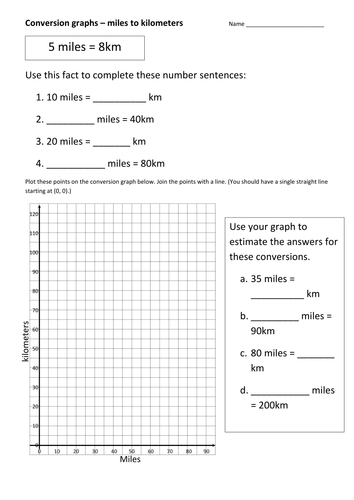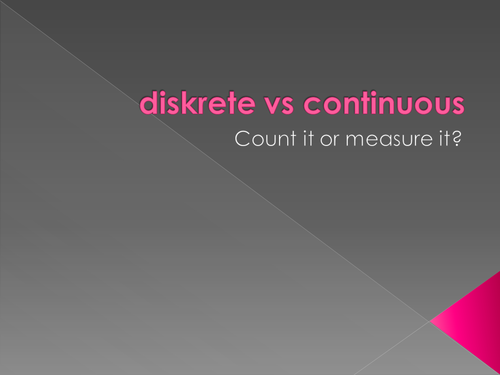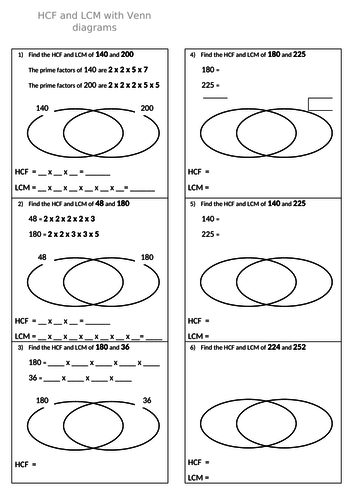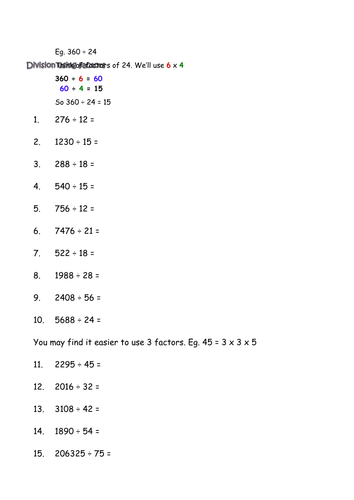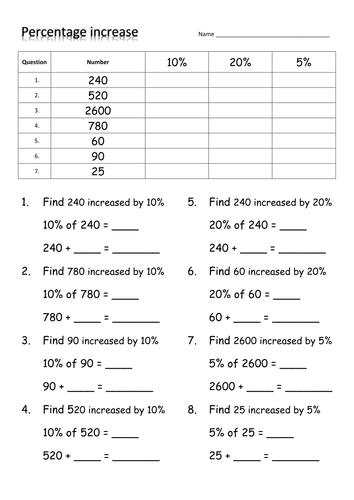
130Uploads
944k+Views
1089k+Downloads
Math

Interior and exterior angles worksheet
Simple complete the table and answer a few questions exercise.
(12/7/16) Answers uploaded

Millionaire - operations with negatives - easy and hard versions
Classic Millionaire format. You may wish to add brackets around negative numbers, or otherwise reformat. Two versions - one with just add/subtract, other much harder with combinations of operations, squares/cubes etc.

Mixed questions on area of basic shapes
Areas of rectangles, triangles, parallelograms and trapezia. Fairly straight-forward questions on area (or using area to find missing sides). Multichoice - so can be used with flash cards.

Timetables and journeys
Worksheet on reading timetables (using a real bus timetable!) and planning journeys.

Reflection and rotation symmetry
9 examples of each to show on whiteboard. Pupils write down (on personal whiteboard?) how many lines of symmetry/order of rotational symmetry. Then reveal answer on IWB. Rotations are 'animated'. Revision/plenary exercise?

Fractions - adding using diagrams
Shade diagrams to add fractions. Fractions without common denominators. First 5 when in same times table, then 3 in different tables. These diagrams pre-drawn and not explained; plus seven questions where pupils need to draw diagrams in their own books.
(Assumes the general idea is already familiar from earlier in curriculum, but you may wish to discuss common denominators and equivalent fractions before they go on to drawing their own diagrams.)
Updated 16/1/16 - second worksheet with more examples added

Area of circles - scaffolded worksheet
Scaffolded worksheet with 5 simple questions on area of a circle.

Solving equations - balanced scales
Illustration of balanced scales for solving equations. 1 and 2-step. [21/1/15] Simple matching worksheet added for 1-step equations. [3/3/15] New version of presentation showing how to deal with the variable on both sides.

Multiplying and dividing by powers of ten
Two main slides showing visually place value adjustment when multiplying/dividing by 10, 100, 1000. Plus puzzle starter. You may just want to use the two main slides in a PowerPoint of your own!

Perimeter of compound shapes
Presentation and worksheet for middle ability Y8 students. (50 minute lesson.) Could be extended for students to calculate area as well.

Substitute in simple formulae
'Quick' worksheet with perimeter of rectangle and pentagon, area of parallelogram and angles in a triangle. Four questions on each.For brighter Y6 (starting algebra) but also for lower ability secondary.

Ratio - harder worded questions
8 questions. Includes questions where the key to the answer is in the "extra" parts (the difference between the two ratios).
(12/7/16) Answers uploaded

Make 2-D shapes from missing coordinates
Find the coordinates that creates the required shape - some of the problems have more than one answer. Others (assuming you use integer values and stay on the grid) do not. Various triangles, square, parallelogram, rhombus, trapezium.\n\nFinal page to identify given shapes - named, congruent, enlargement.

Sequences - using/finding nth term - scaffolded
Use nth term rule and find nth term for linear expressions (2-sided worksheet for each). Worksheets scaffolded. First with missing terms and second to find multiplier and difference between that times table and the sequence given.\n\nNot a lot different to exercises in books but hopefully attractive and less intimidating (limited number of questions!) for a lower ability group.

Draw and interpret conversion graph - miles to km
Scaffolded worksheet asking students to find 4 points, plot these on a conversion graph of miles to km and then use the line to convert 4 other values. (10/2/14) Two further examples added.

Types of data - discrete vs continuous
Qualitative vs quantitative, discrete vs continuous. 1. Cards to sort into two groups - may think of any way to split. 2. Flipchart to structure lesson with links to short videos etc. 3. PowerPoint quiz - identify whether discrete or continuous.

HCF and LCM using Venn diagrams - scaffolded
Assumes learners know how to find prime factors (using factor trees etc.). First question laid out to “fill in”. Subsequent questions have less structure as worksheet progresses.

Division using factors
Straightforward worksheet with example of how to divide using factors and 15 questions. (This is so much easier than long division, so long as the divisor can be broken into convenient factors. Wish I had known about this year ago!)
(12/7/16) Answers uploaded

Percentage increase - scaffolded worksheet
First find 10, 20 and 5% of some numbers. Then questions using these values. Finally questions with other values and with guidance on how to get the correct amount. Could be calculator, but sums should be easy enough without.
[3/2/16 Second version added for pupils who need further practice. 12/7/16 Answers uploaded]

